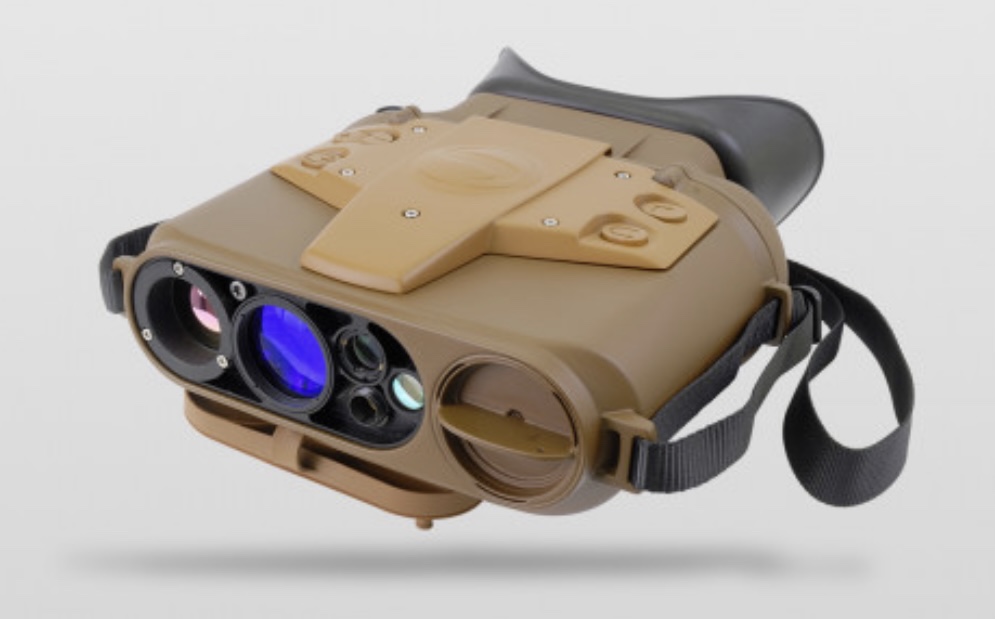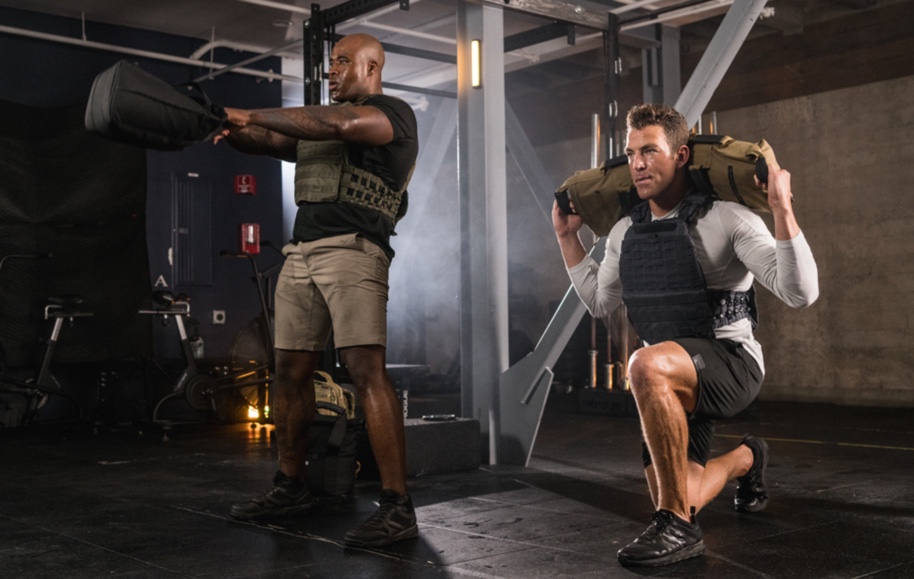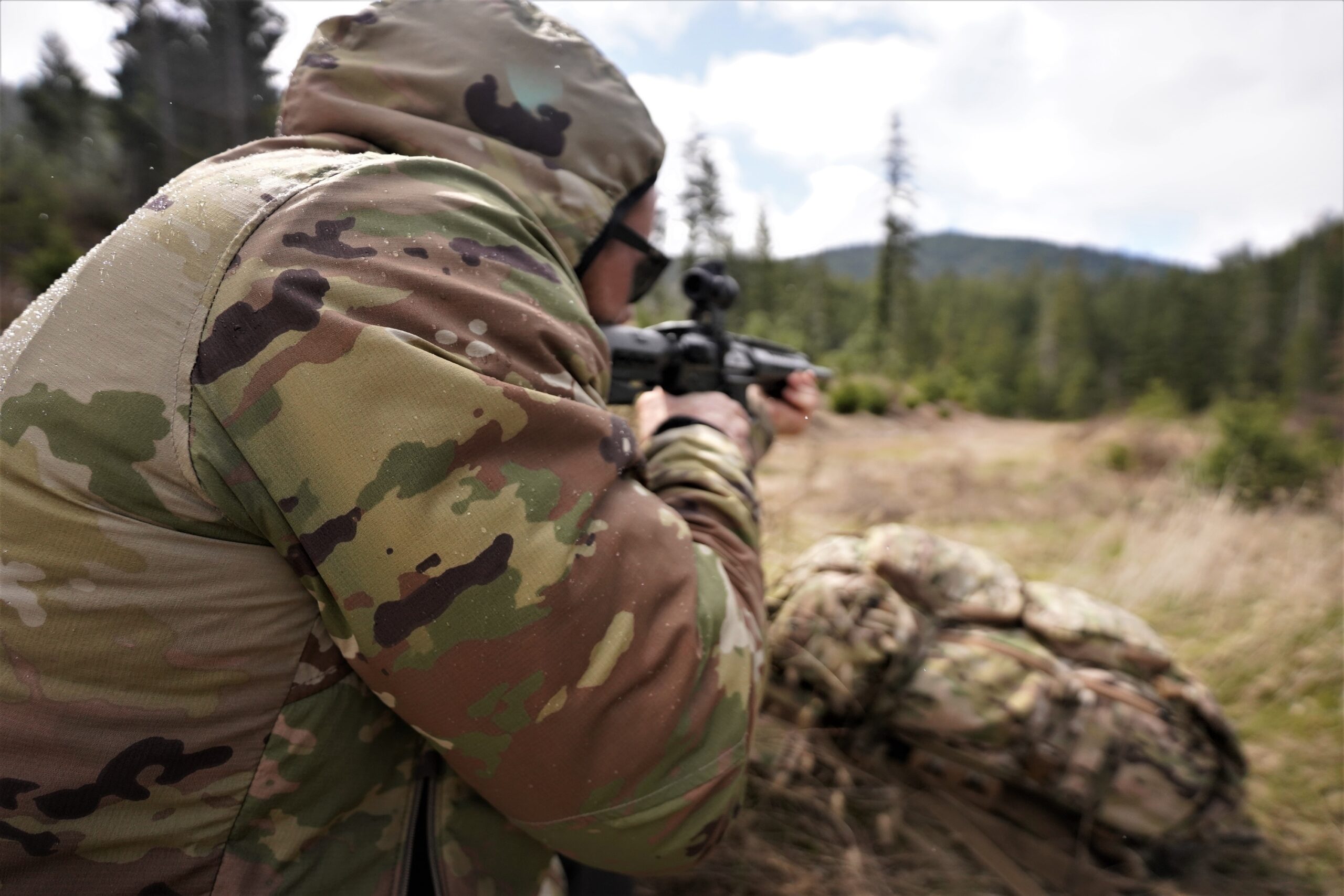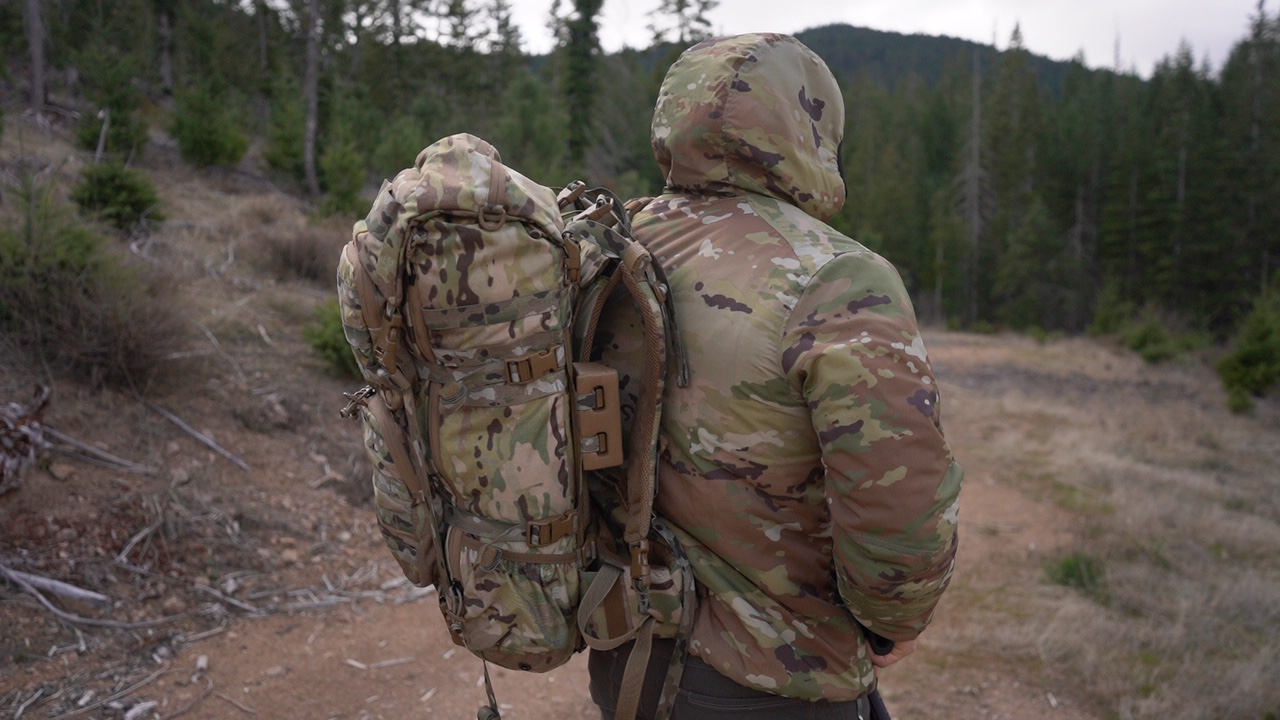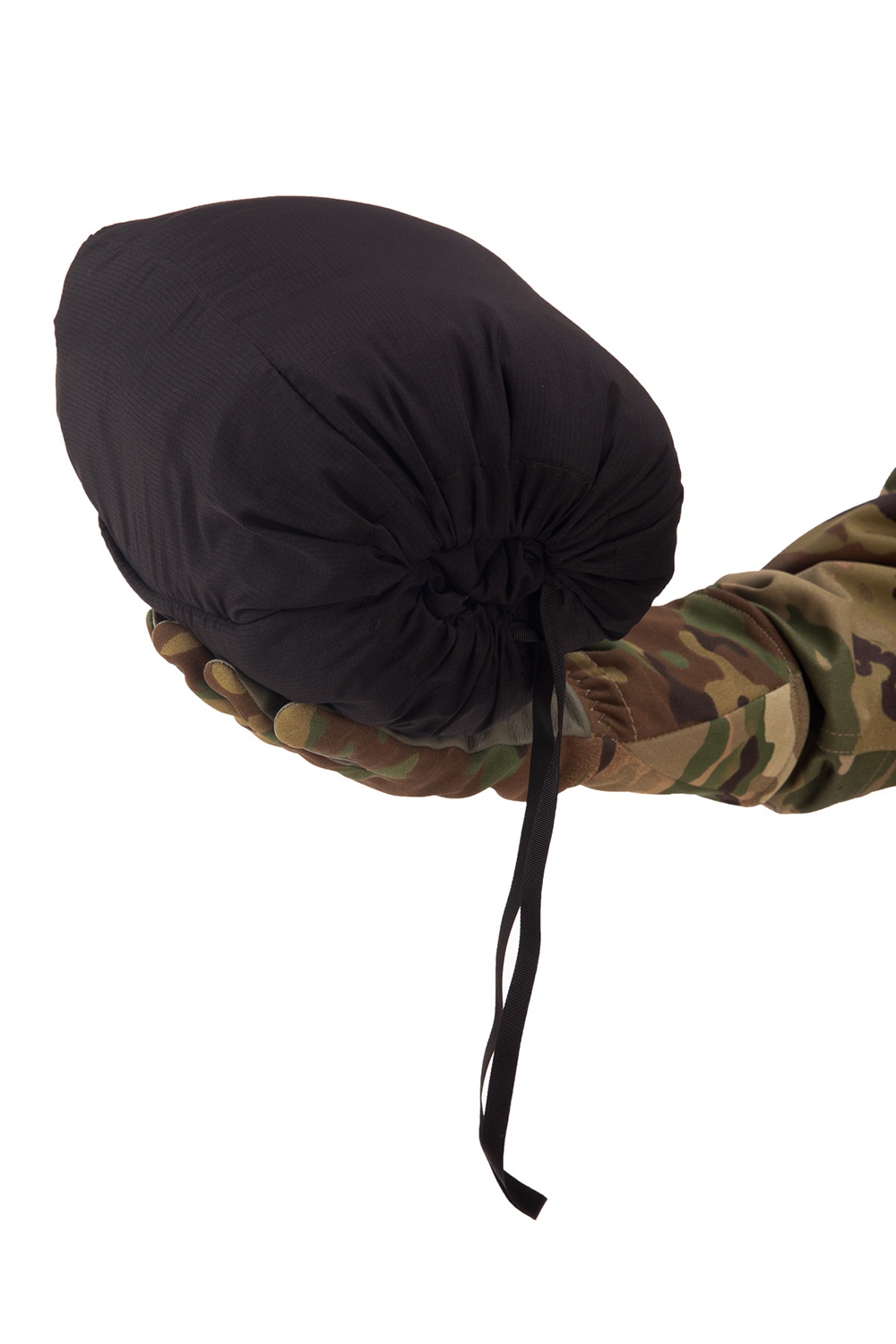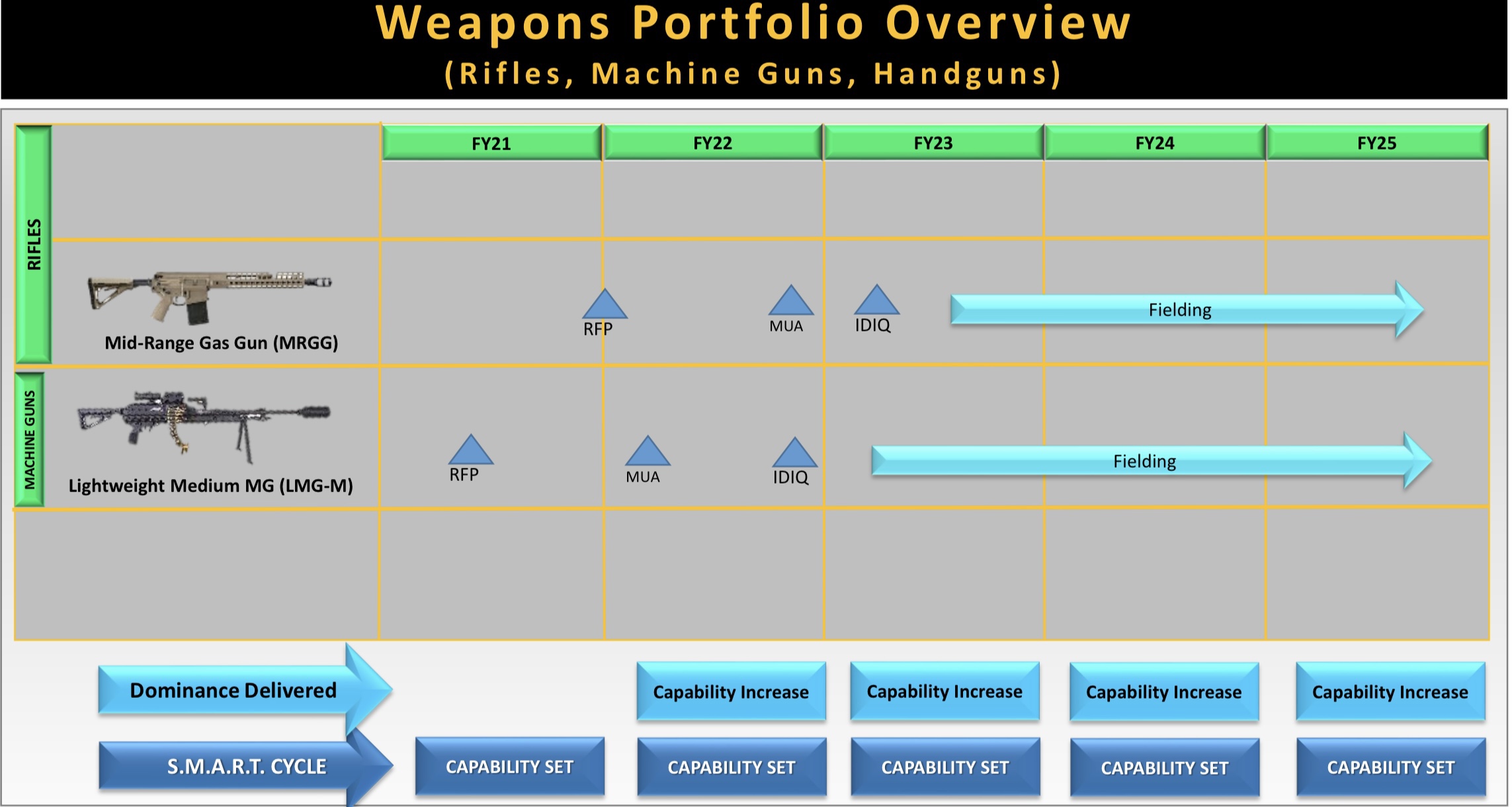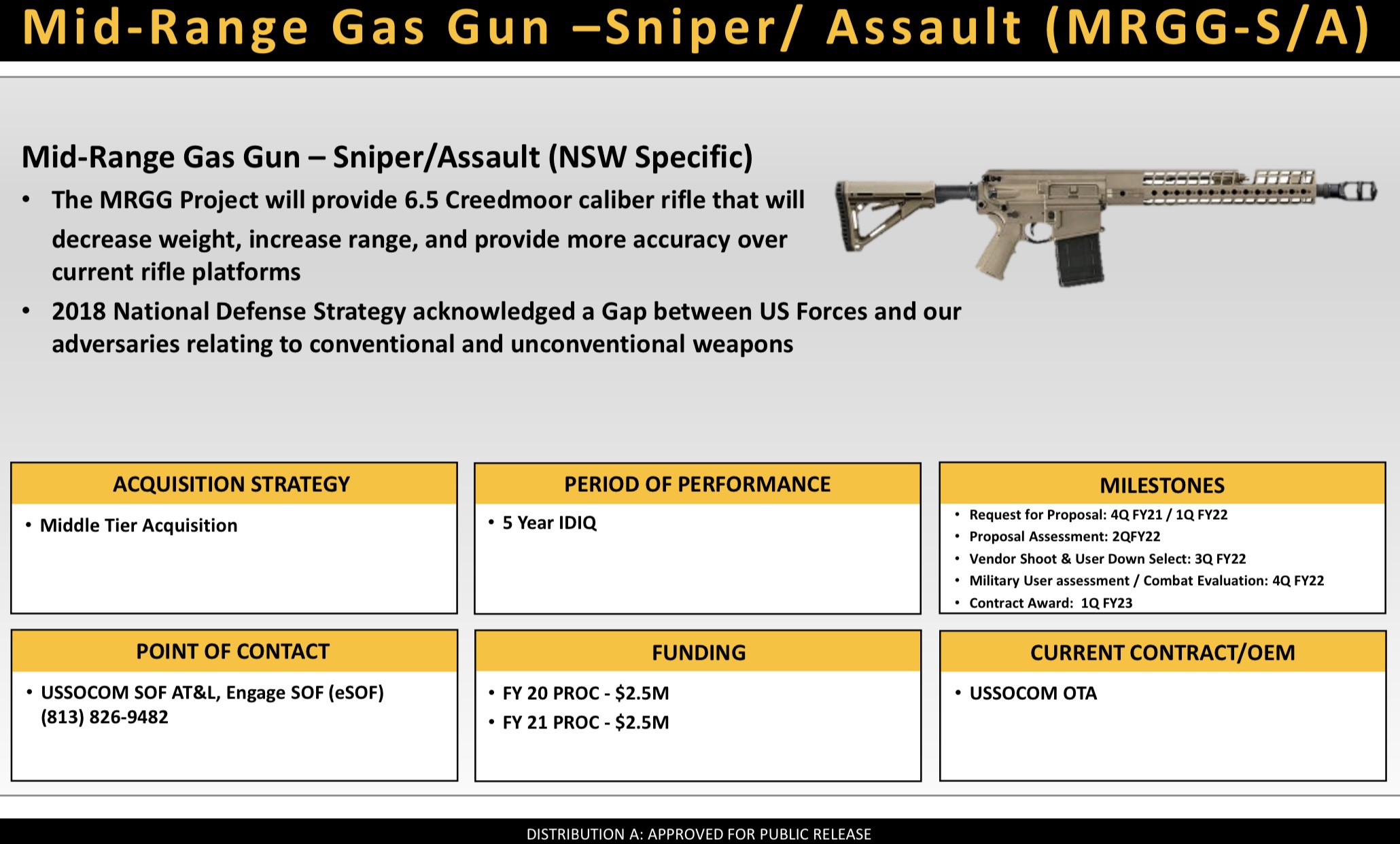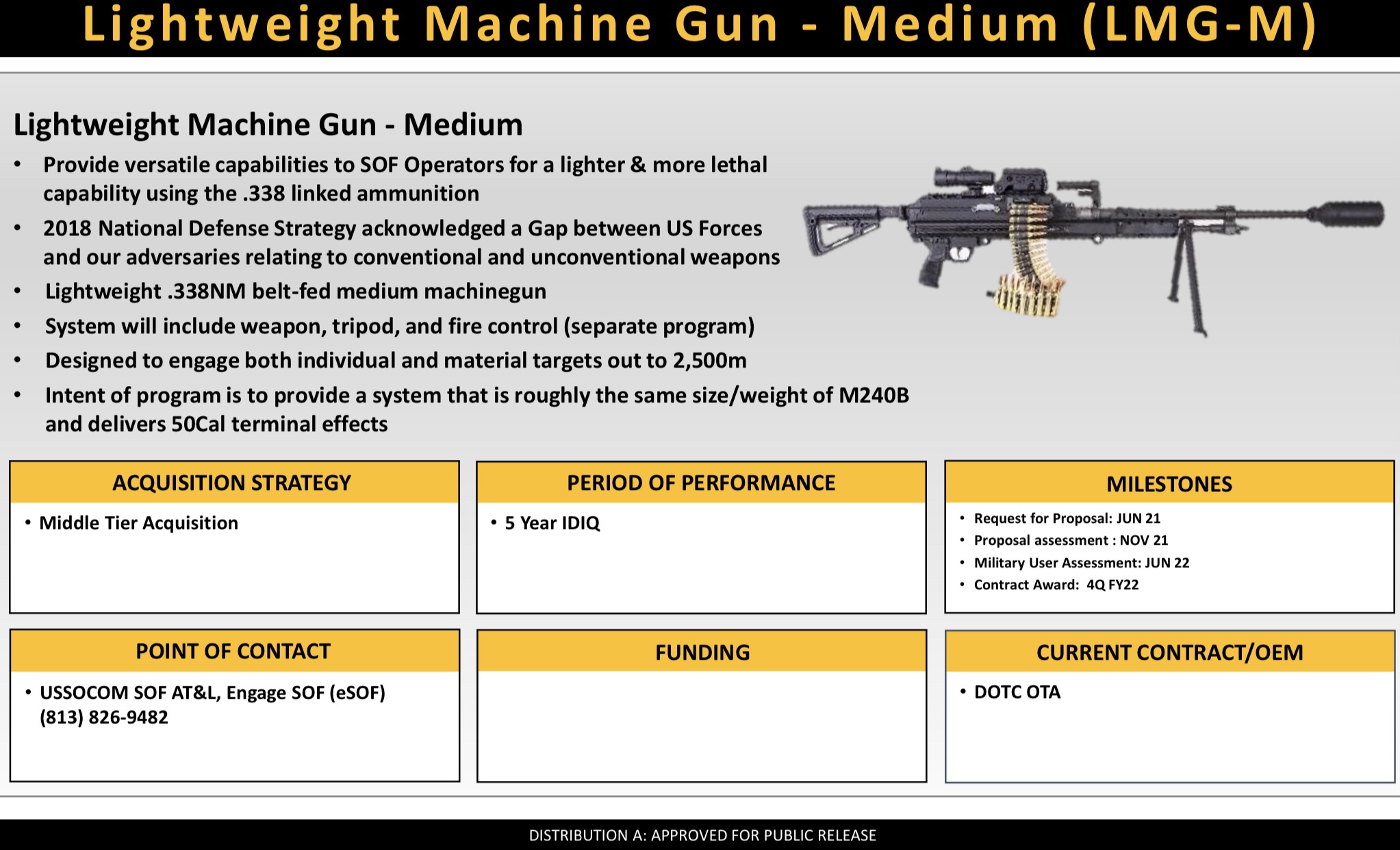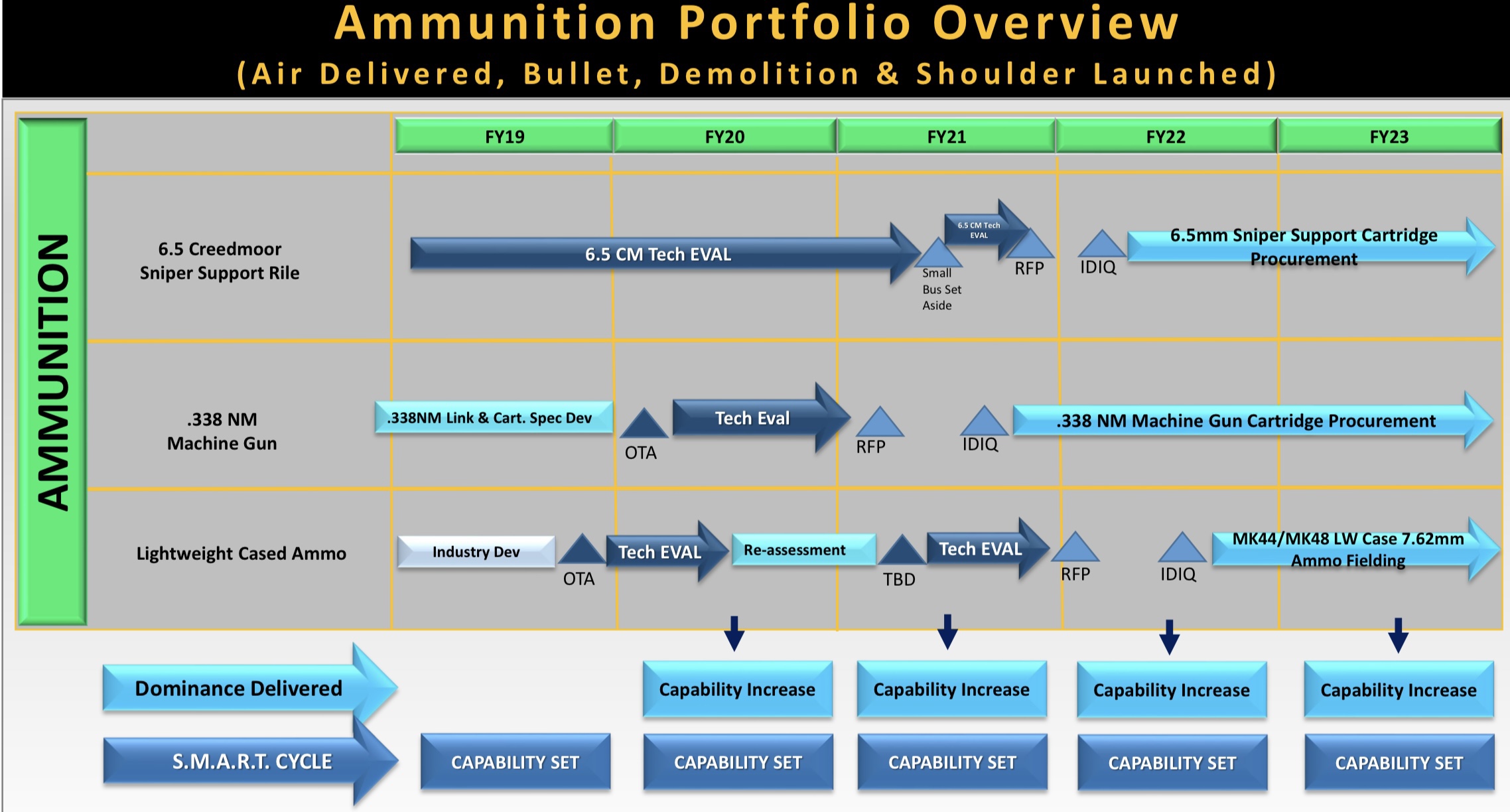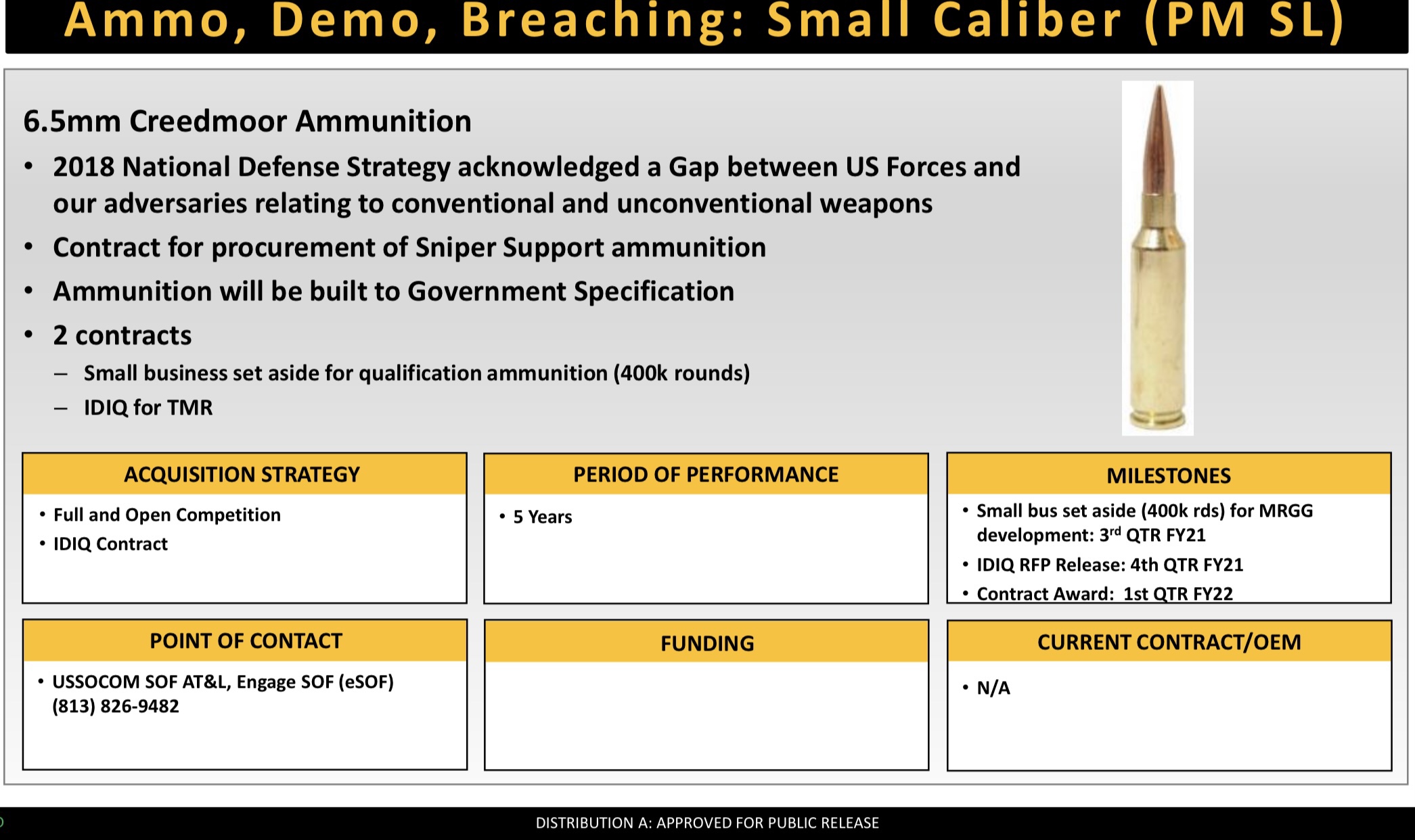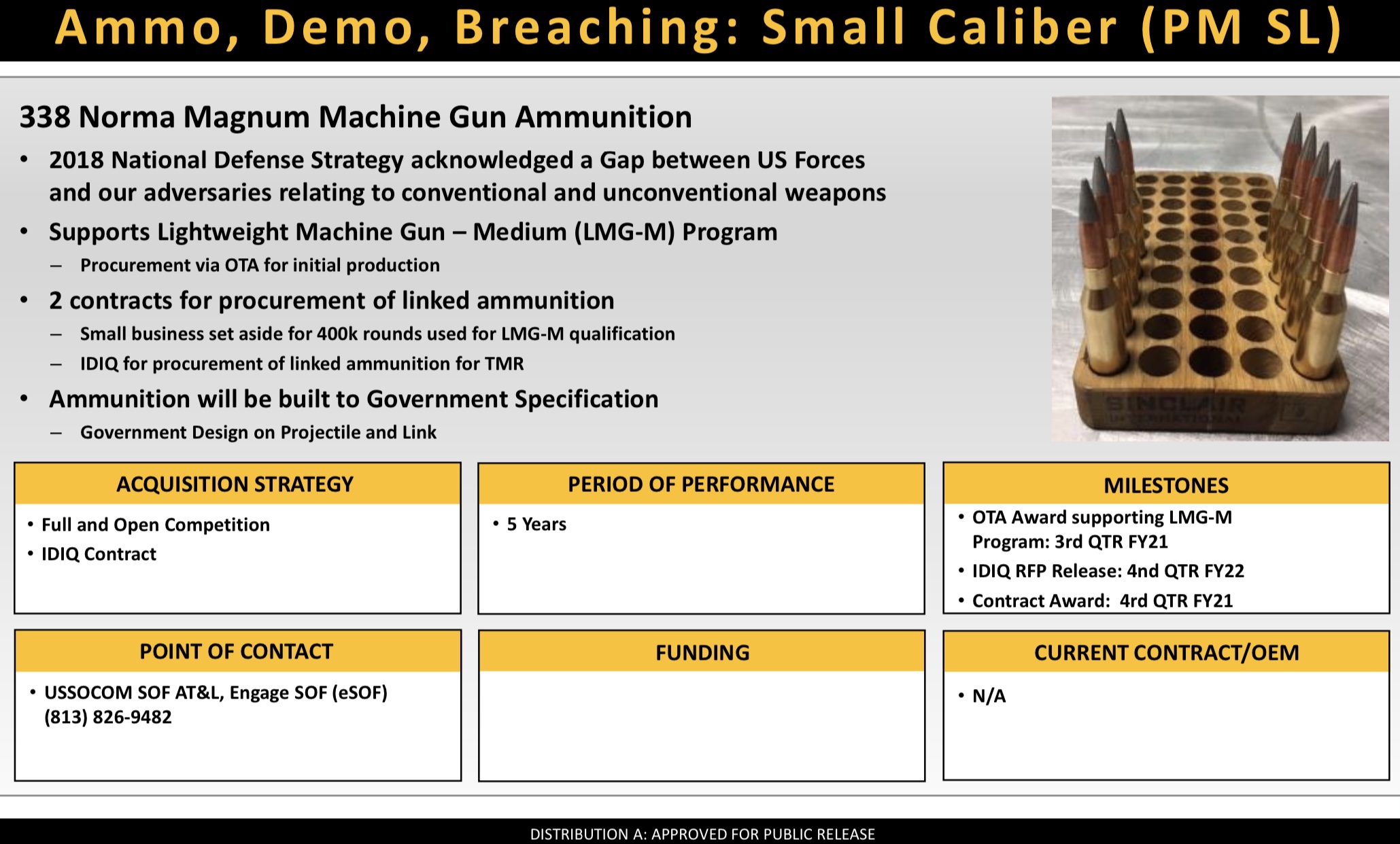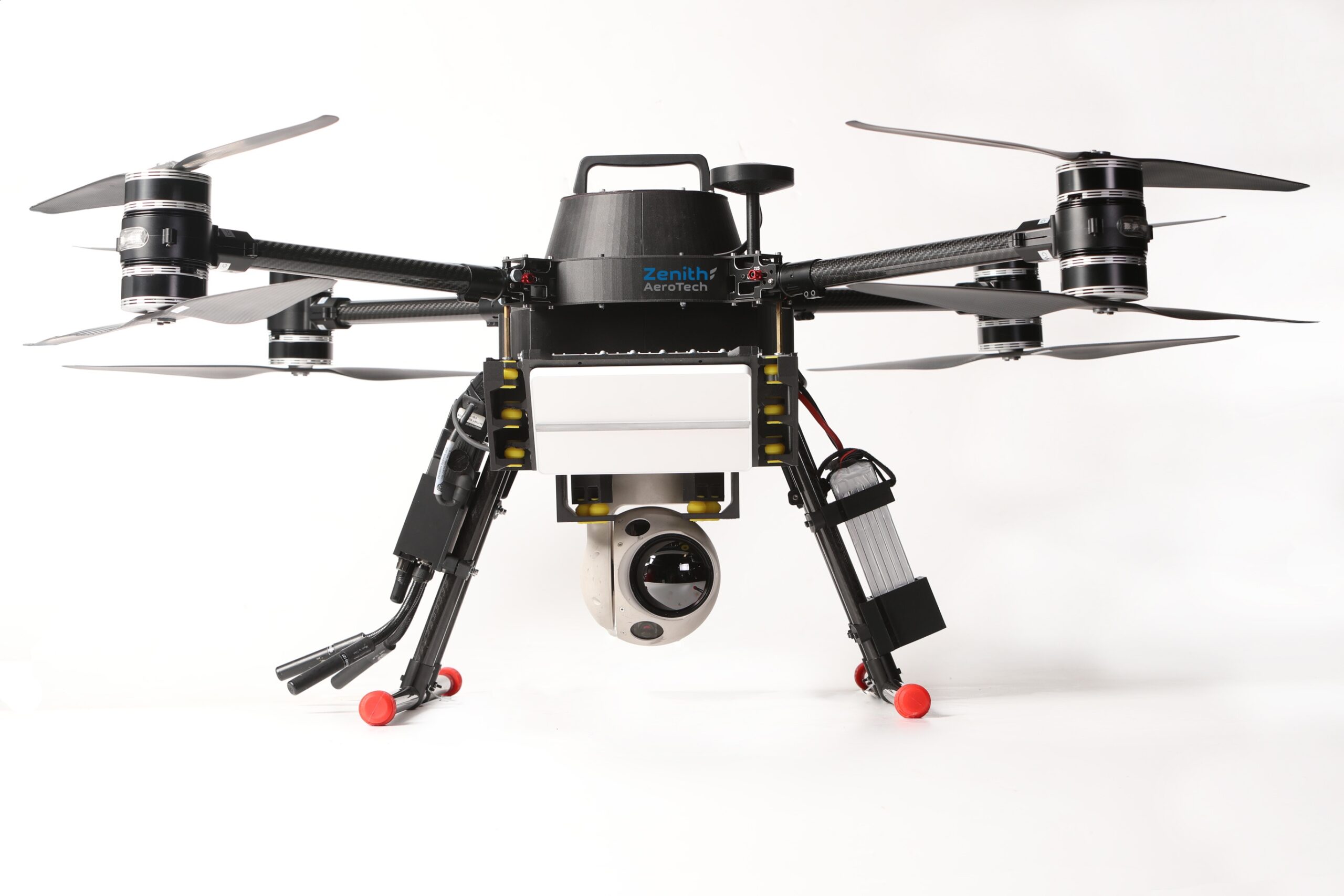
As part of the distribution agreement with DroneShield, Zenith AeroTech will incorporate DroneShield’s DroneSentry-C2TM command-and-control ecosystem into its own family of TAVs, along with an Echodyne EchoFlight radar, to counter drone or drone swarm attacks.
“By putting a detection capability on a TAV, which typically flies at 400 feet, you get better range than if you were to have these systems on a pole or ground vehicle,” said Kutlay Kaya, CEO of Zenith Aerotech. “Also, your alerts will be more accurate because, at elevation, you’ve eliminated clutter.”
The integration of Echodyne radars on Zenith Aerotech’s TAV also enables simplified mission planning, added Shane Shamblin, Echodyne’s director of DoD Programs.
Zenith AeroTech offers three different TAV platforms: Hexa, Quad 8, and Quadro.
In contrast to standard drones, these three TAVs can stay aloft for hours—and even days—at a stretch thanks to Zenith’s Ground Power-Tether Management System, which converts 120- or 240-volt AC power from a generator (or another source) into high-voltage DC, powering both platform and payload.
The platforms themselves can carry 10-30 pounds of payload, and Zenith AeroTech is always experimenting with different mixes of sensors, communications and other equipment to proactively address emerging threats.
In addition to a capable drone-detection solution, the company will be offering DroneShield’s and soft kill measures, to be used by personnel on the ground. “Because we detect inbound drones from further away, we give personnel on the ground more time to jam them,” Kaya said.
There are many potential markets for TAVs with counter-drone capabilities. The military could use them to protect forward operating bases; civilian security managers might have them fly over sensitive facilities; and law enforcement could use them to safeguard well-attended public events.
“We are already working with a couple of federal agencies, and we anticipate broader adoption of this solution,” Kaya said.
DroneShield’s CEO Oleg Vornik has commented, “DroneShield’s deployment with Zenith takes our cutting edge command-and-control ecosystem capabilities into the tethered drone domain, opening a new range of applications for our Government end-users.”


